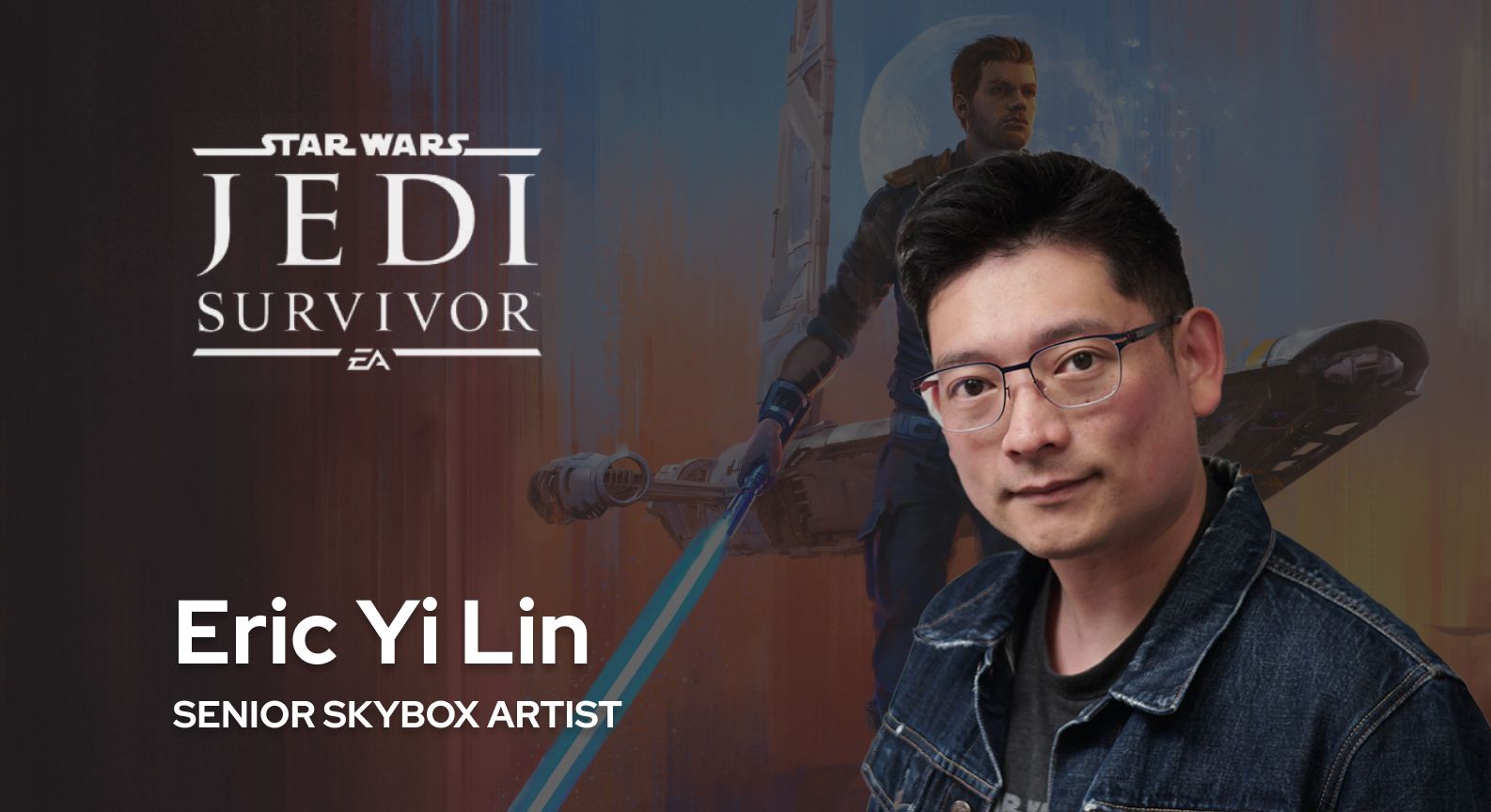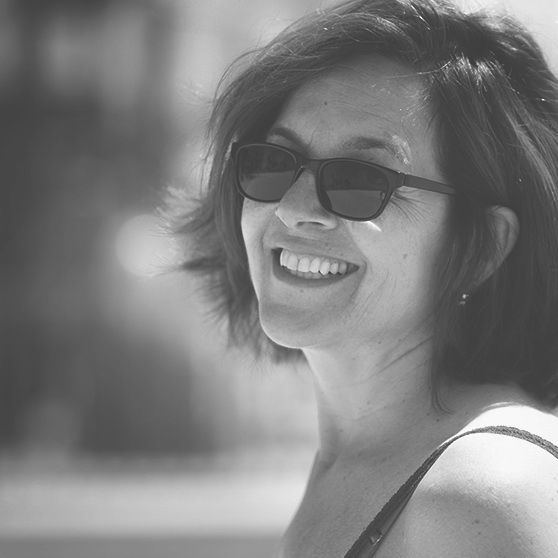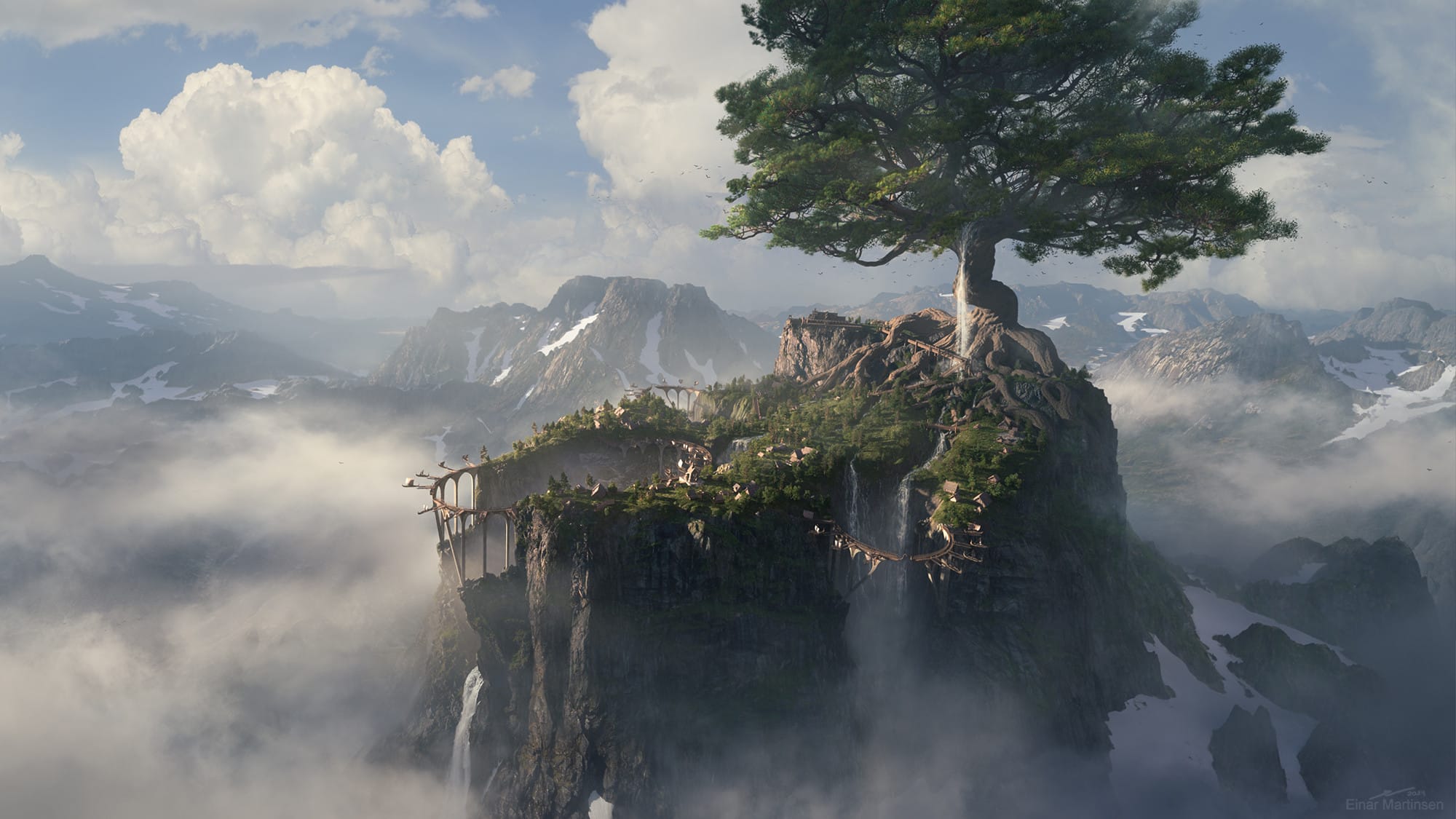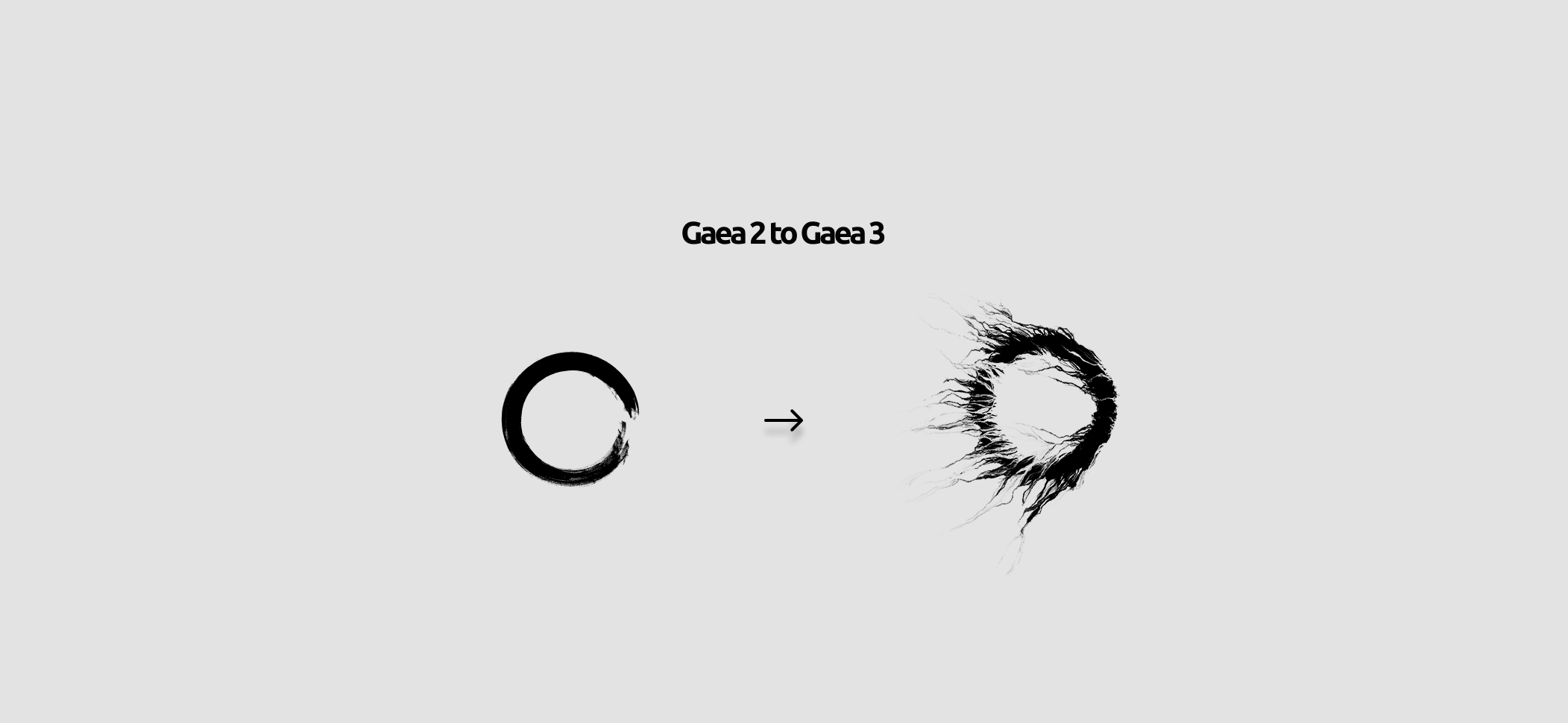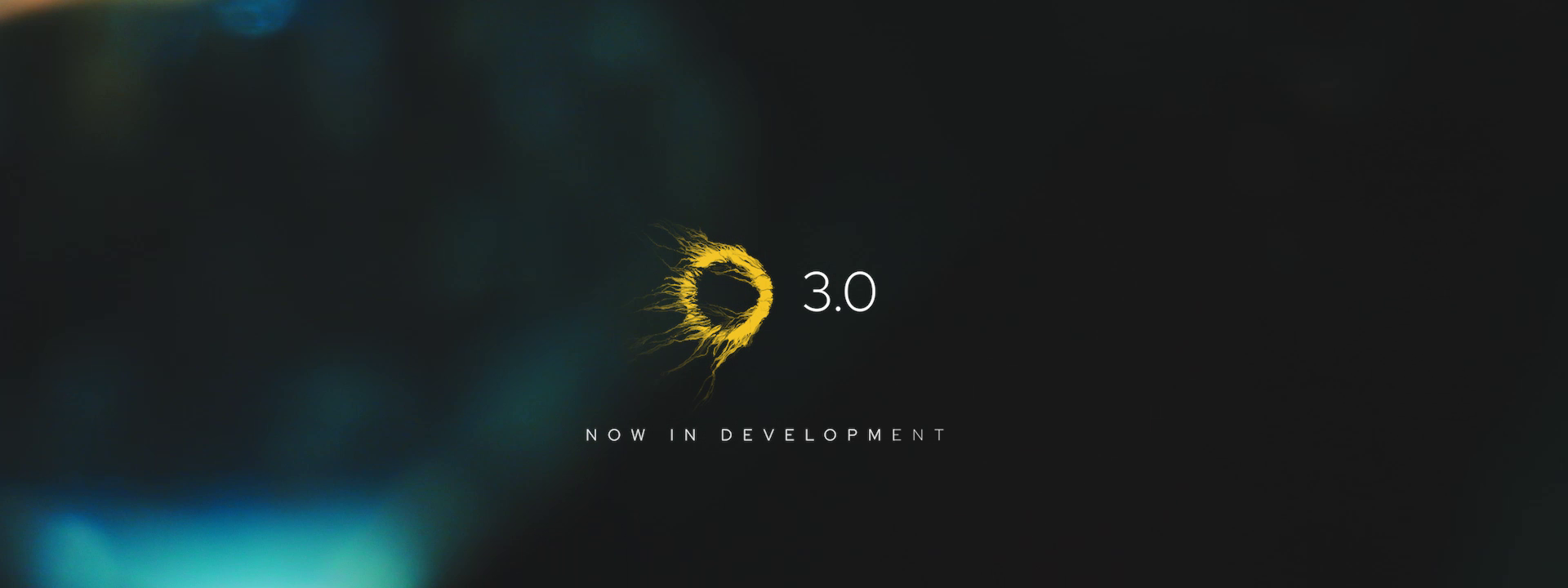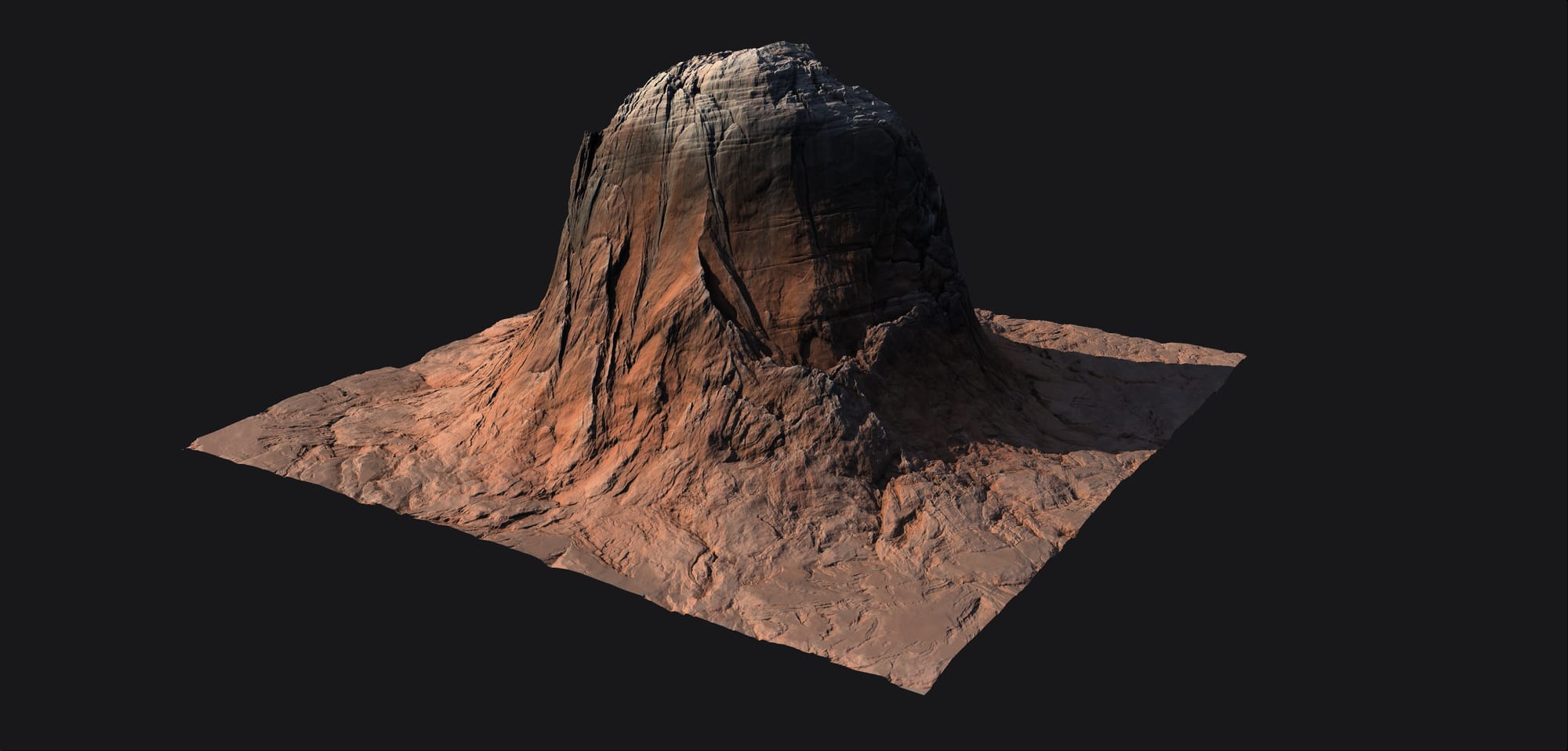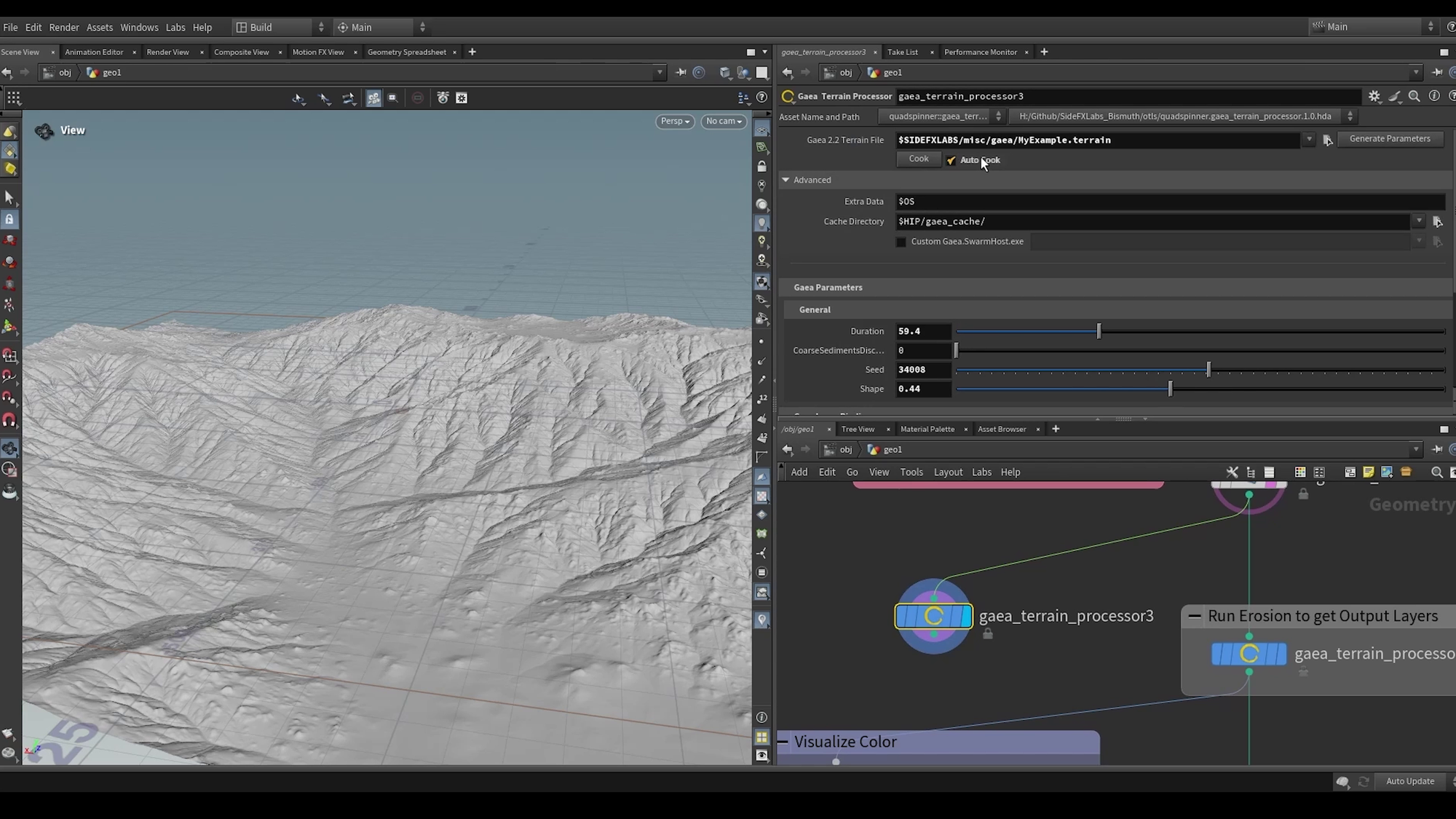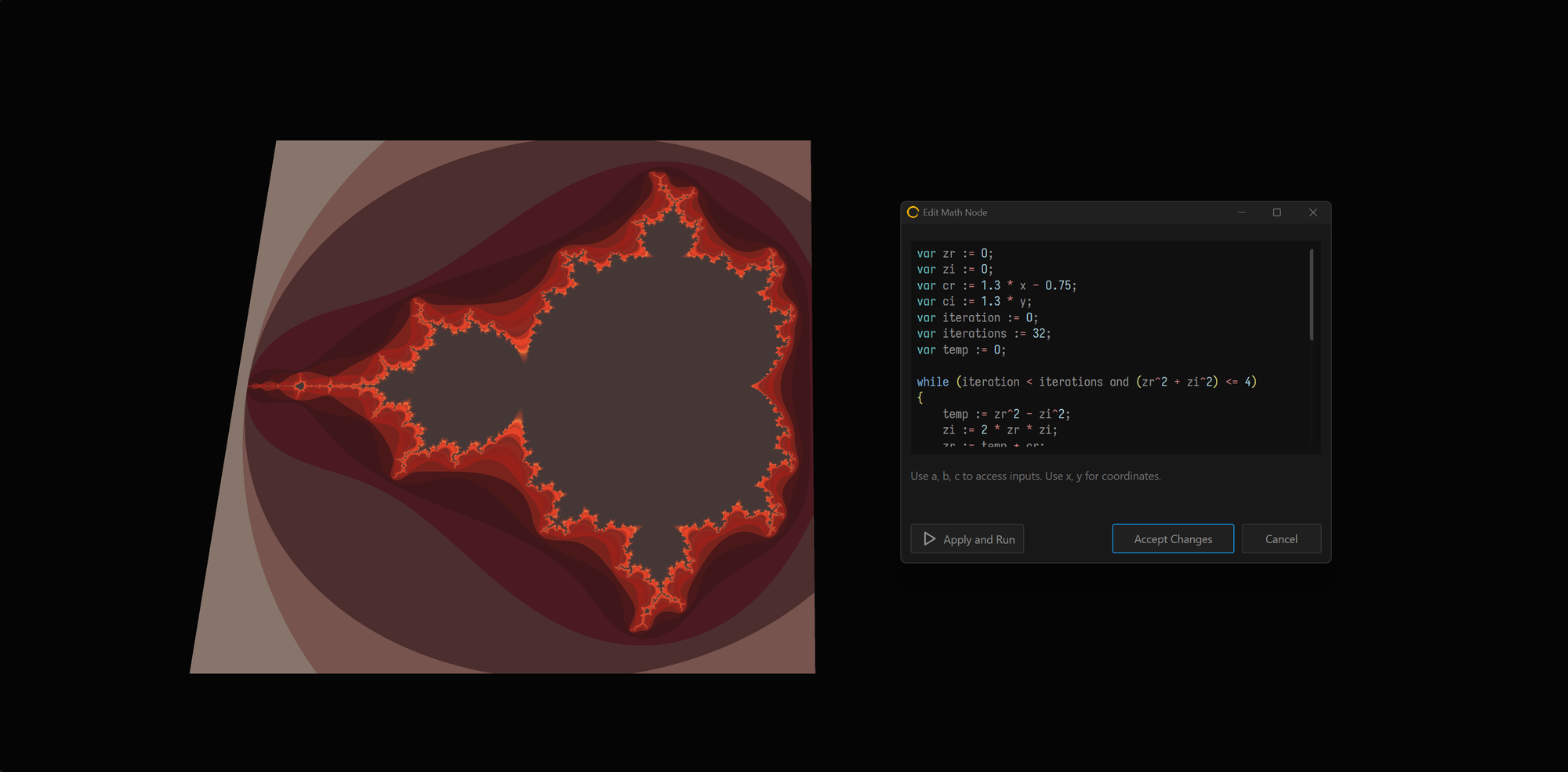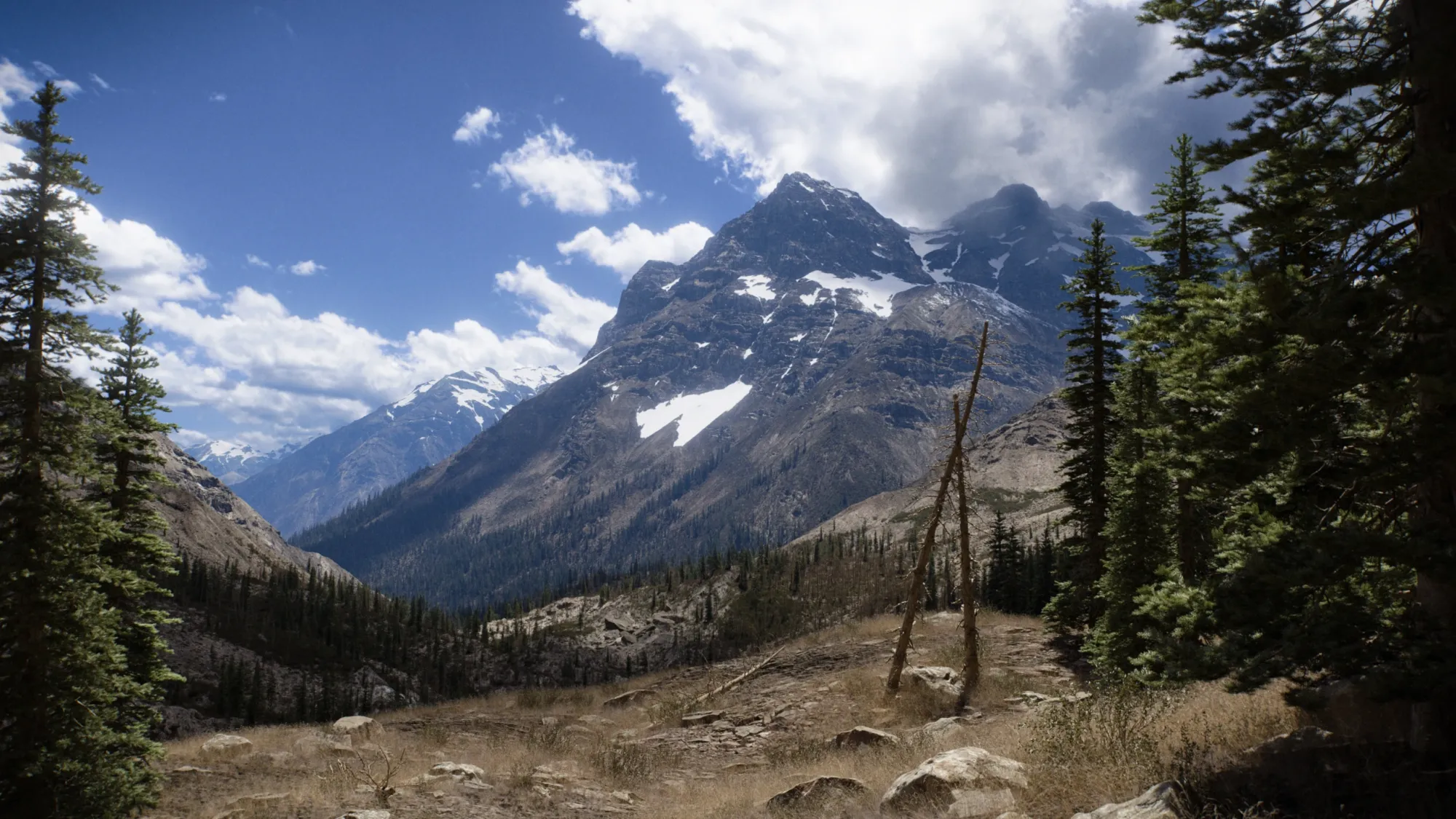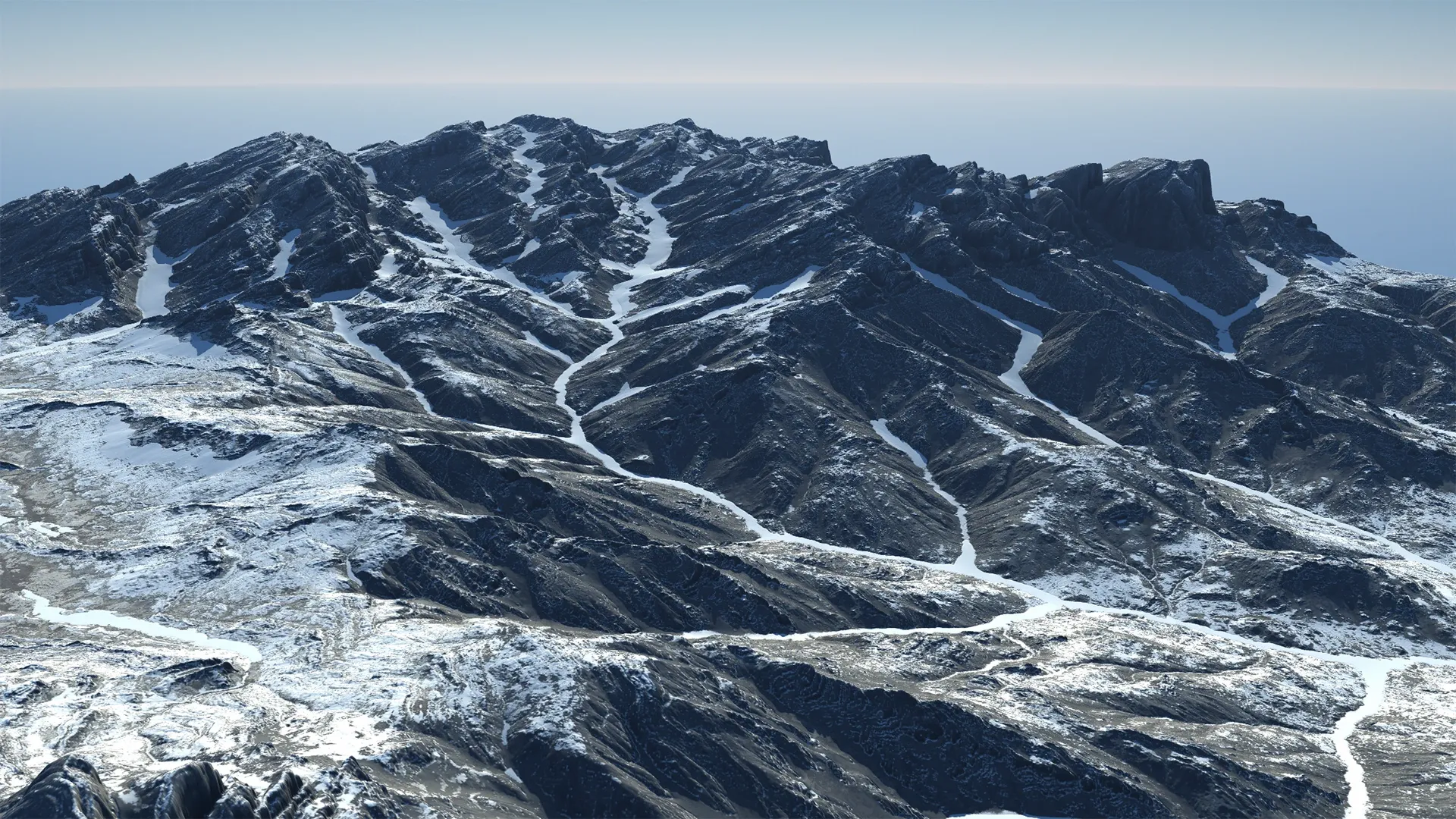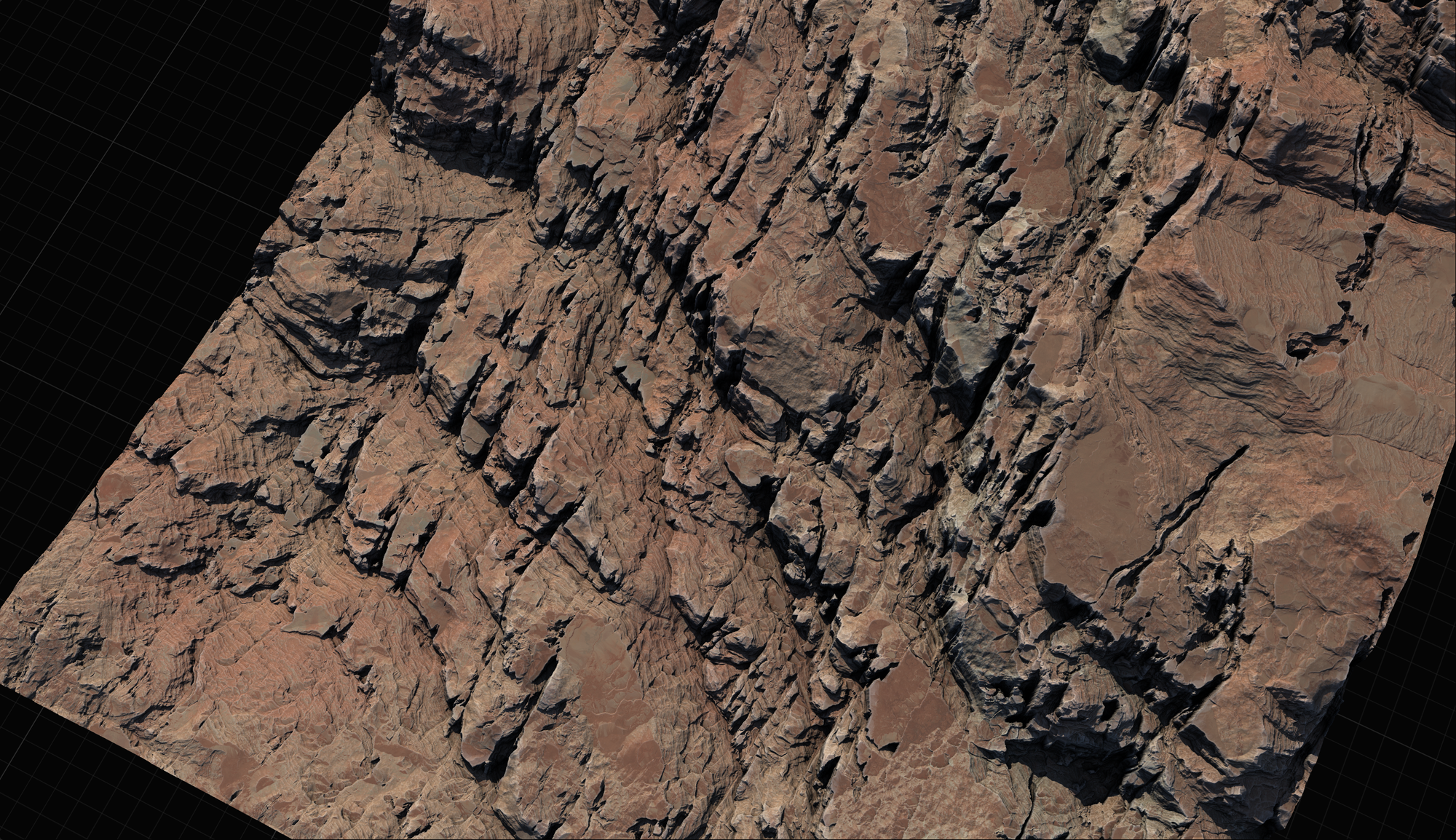Senior Skybox Artist, Star Wars: Jedi Survivor
QuadSpinner's Cynthia Najim sat down with Eric Yi Lin to talk about environments in Star Wars Jedi: Survivor, his journey from loving games to helping some of the biggest titles come to life.
Cynthia Najim: Hi Eric! We’ve long been a fan of your work and are excited to learn more about you and your latest projects, including Star Wars Jedi: Survivor.
First, let’s explore how you got started as an artist. What are some of the factors that shaped you early on – place of birth, where you grew up, your educational path, and other key influences?
Eric Yi Lin: I was born in Taipei, Taiwan and moved to the US when I was 14. I’ve always loved video games. My dream job has always been to work in entertainment art. But back in the 90’s, the resources for this career path were very limited. So I just enjoyed drawing characters and comics for fun. Eventually this led me to study illustration in art college. Even though my art education is not directly related to game art, it did give me some fundamental knowledge of composition, lighting, and color. After graduating, I learned about digital painting, 3d modeling, and visual effects.
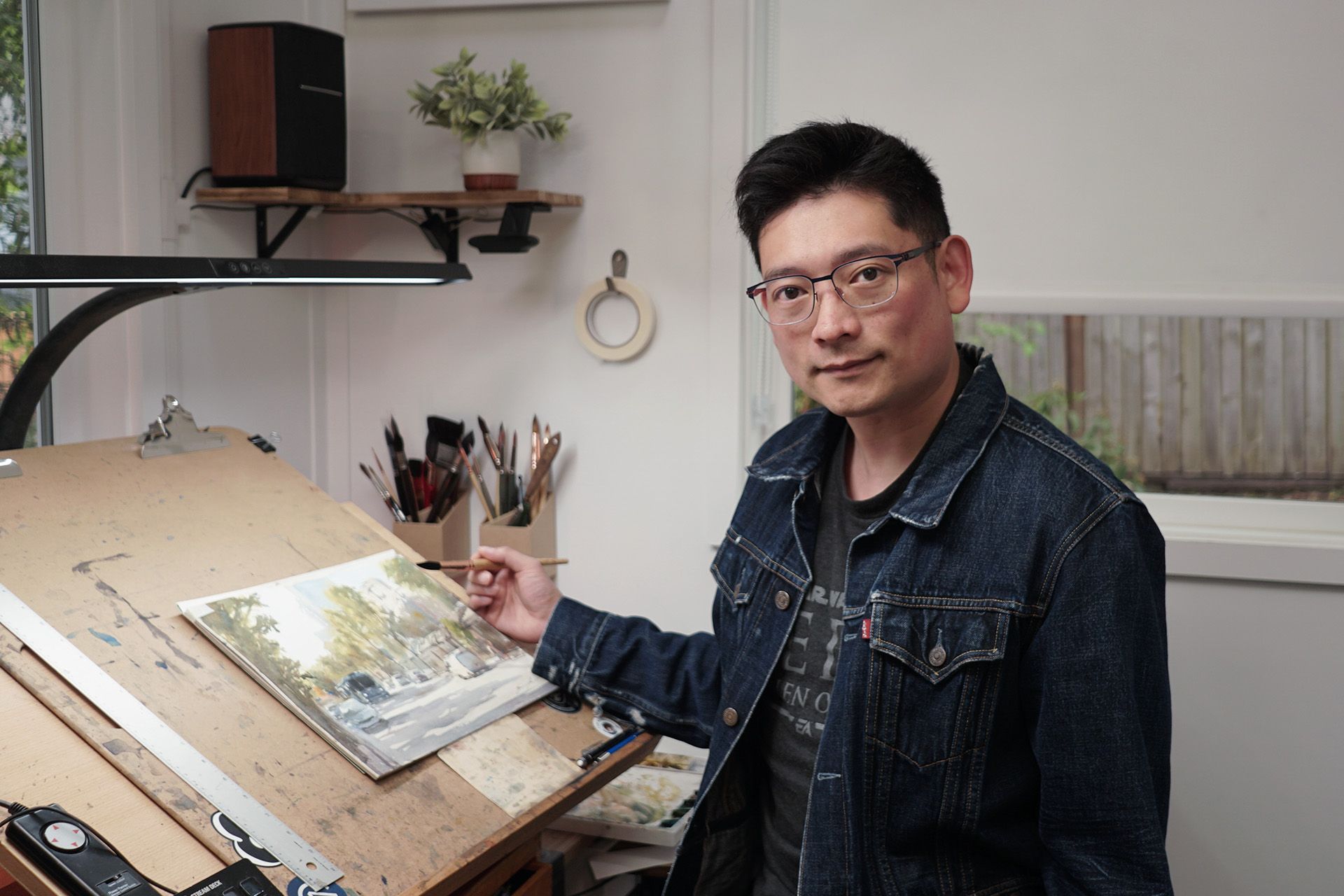
Cynthia: Your creative talents range from drawing and painting to graphic design and digital art. Which came first and how did those interests evolve and expand?
Eric: As learning resources became more readily available (Gnomon, YouTube, etc.) I was able to study and play with different tools and create different types of art. Back in the day, I tried to do anything that could help me land a job. I didn't really have a specific job in mind, I just knew I wanted to work in the entertainment industry. I liked drawing and painting but wasn’t proficient. Plus, I am not a good designer, so I wasn’t able to do concept art. Therefore, I decided to pursue digital matte painting because it’s the least technical when it comes to creating a believable image.
So I developed the necessary tools for matte painting. I tend to learn only as much as I need to get the job done. You can say I'm someone who focuses on making a good image instead of becoming an expert on tools. I still have that same mindset today, which I think stems from the fine art/illustrator side of me.
Cynthia: How and when did you make the leap into the video game industry? What was your first job? And what were your biggest lessons from that experience?
Eric: I've always enjoyed playing video games, even today when I have time. Back in 2009, I decided to get into the game industry regardless of the job I could find. So I started off as a localization QA at Blizzard Entertainment. My job was to check the translation of various games. That was the time I started to learn 3d modeling and build my matte painting portfolio. I became an assistant matte painter in Blizzard’s cinematic department, which was a huge deal for me. I was finally able to work with industry professionals! Starting as a QA tester is not glamorous. Everyone wishes they could begin as a full-time artist, but without prior education and experience, you need to be willing to start with baby steps. Always be humble and willing to learn. That’s the only way to improve and land the job you want. Take some risks! Sometimes you need to give up a bit of stability to focus on your goal. Of course, be realistic. Don’t sacrifice your health and the people around you. But do prepare to give up some fun times like playing video games, binging Netflix shows, and taking vacations. =)
Cynthia: What other meaningful projects have you worked on and in what capacities? Which do you feel has had the greatest impact on your career and why?
Eric: After Blizzard, I moved to Washington state and joined 343 Industries as a skybox artist. I consider that my big break. I began as a contractor but was working full-time with the team. I learned a lot from everyone, especially the lead artist [at that time] Oliver Regueiro. He introduced me to tools such as World Machine and Vue. Before that, I dreaded working on any node-based program, because I was used to layered-base applications such as Adobe's Photoshop and After Effects. Without the opportunity to work in these node-based programs, I wouldn’t have been able to learn Gaea so quickly (except that Gaea itself is super intuitive, but we’ll get to that later 😉).
Working on Halo gave me hands on involvement in making a video game as a team. Shipping both Halo 5 and Halo Infinite with the team, I gained the experience needed to advance my career. But I also made some lifelong friends during my time at 343. And that’s another important part of this industry and career path - friends who support and inspire you! Connection is vital. Experience and a good portfolio can help you get a job, but making good friends and being someone who works well in a team will give you more options. The video game industry is massive, but the teams are relatively small. Be someone who people like to work with.
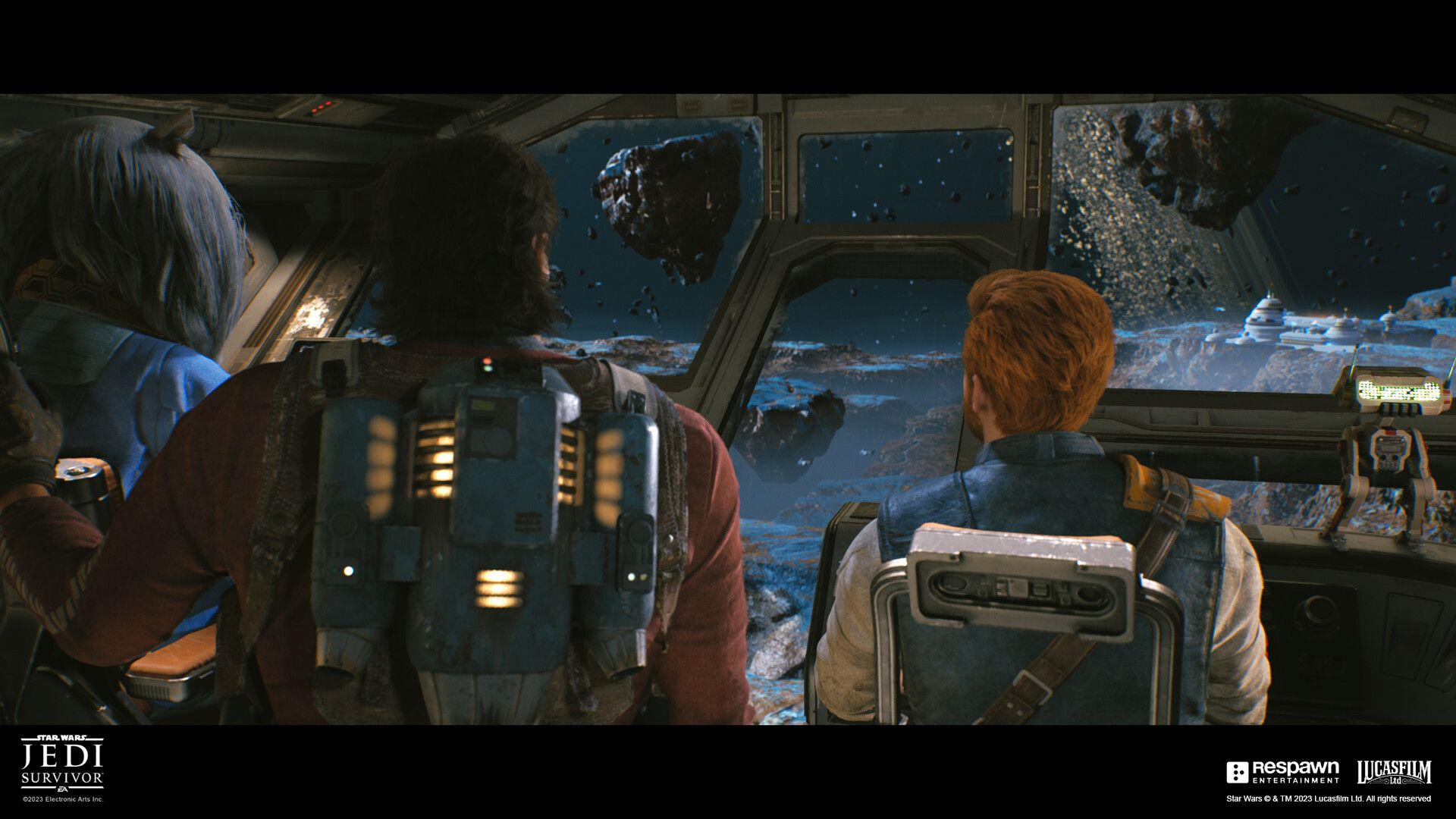
Cynthia: Congratulations on Star Wars Jedi: Survivor! What levels did you work on and what were your responsibilities?
Eric: As a skybox artist, my job was to create the visual storytelling to show the players they are in a vast galaxy. I worked closely with the team to create an environment that connects the game space to a bigger world. I worked mostly on Shattered Moon, the ISB base, and some parts of Koboh (mostly the crashlanding cinematic sequence).
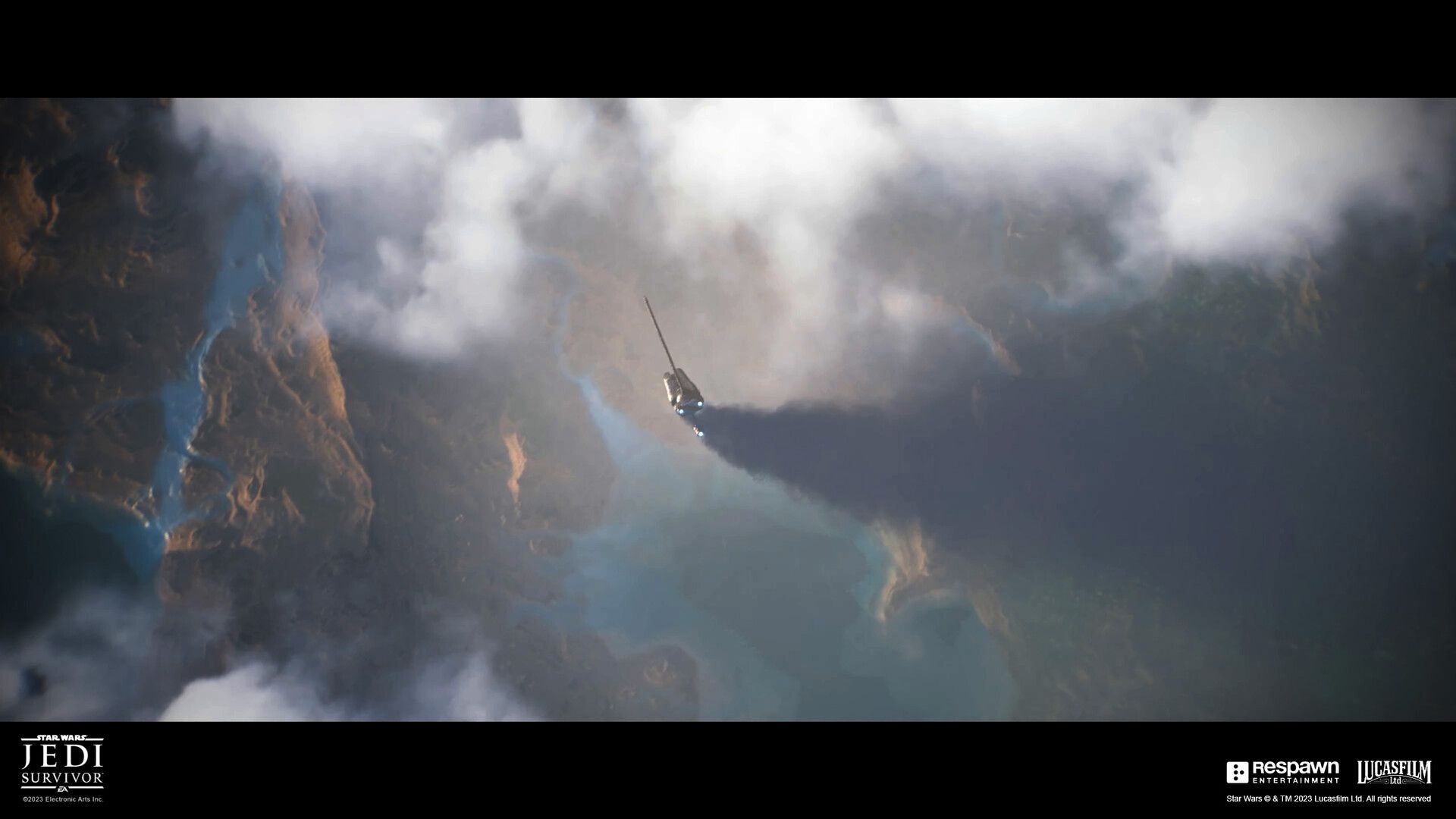
Cynthia: How did Gaea fit into your workflow?
Eric: The challenge of this project was the verticality of the landscape. I couldn't simply use Gaea to generate big mountains and terrains and call it a day. Instead, for Koboh, I used Gaea to generate the “base” of a big rock - the part that’s more eroded and sloped. Then I used ZBrush to sculpt the tall, sharp rocks. The assets created from Gaea became a connecting piece between the rocks and the ground. I studied references such as red rock towers in Utah. I also used Gaea to create a big flat terrain in the swamp area. The masks it generated made it very easy to use layered materials in Unreal.
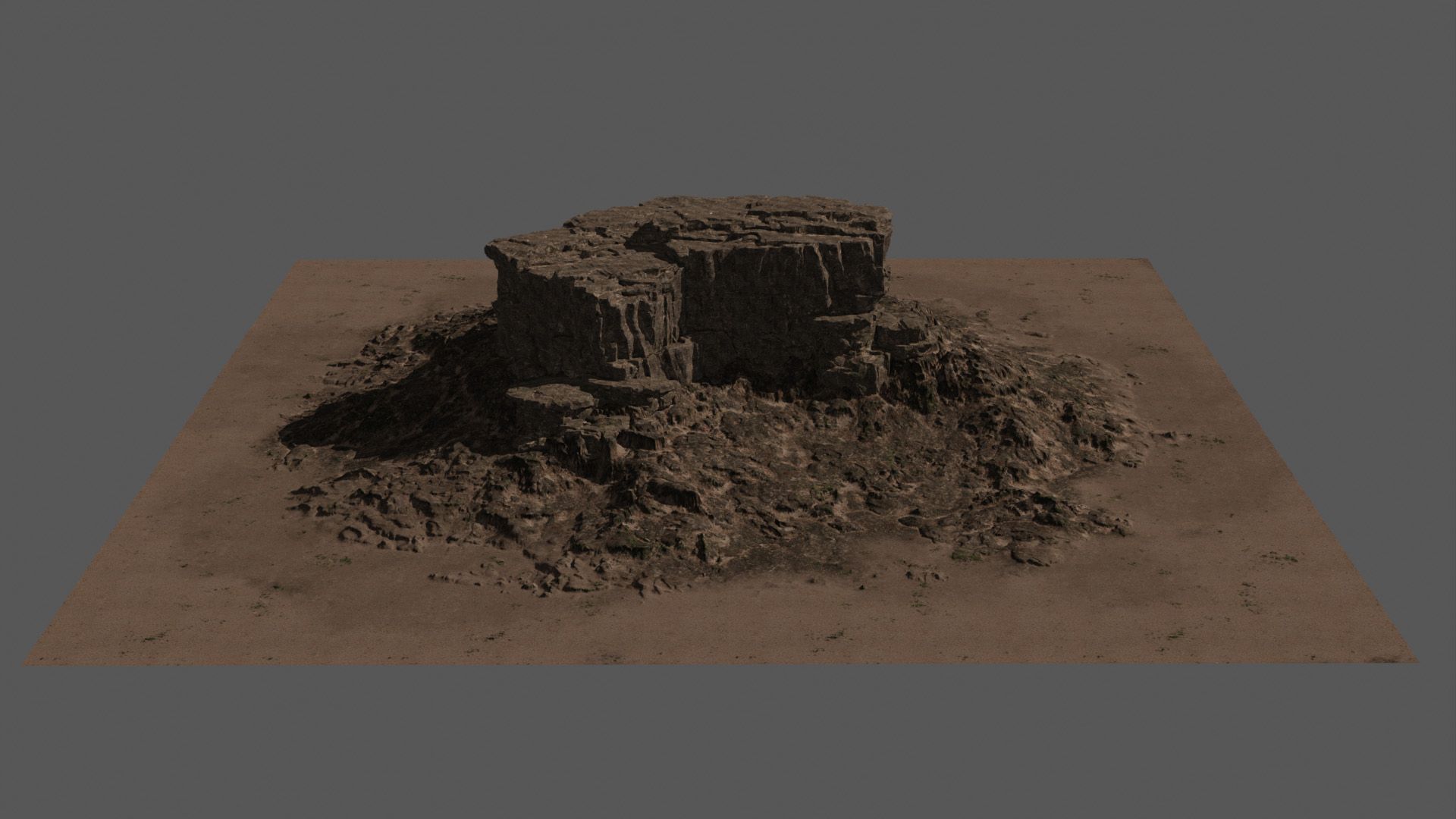
Cynthia: In the game’s release trailer, we get a glimpse of a Gaea terrain when Cal's ship is about to crash on Koboh! What other iconic environments did you create with Gaea? Which is your favorite scene or the one you are most proud of?
Eric: I am definitely proud of creating the assets and composing the background for the crashlanding cinematic. Working on cinematics is very fun and less restricted because the camera is fixed. I can just focus on the shape and value, which is what I love as a painter. That also allowed me to use Gaea to generate some background mountains. In addition, I used Gaea in the Shattered Moon, mostly for the background terrain. There is also one cinematic when the crew is looking out the window to the moon surface. The large moon surface terrain was made with Gaea. I had limited time to make that scene and Gaea was a lifesaver! It created this huge piece of terrain with spikes and large cracks. Gaea also generated masks for me to use the material in Unreal, which worked great. I’m quite proud of how it turned out with the limited time I had for that shot.
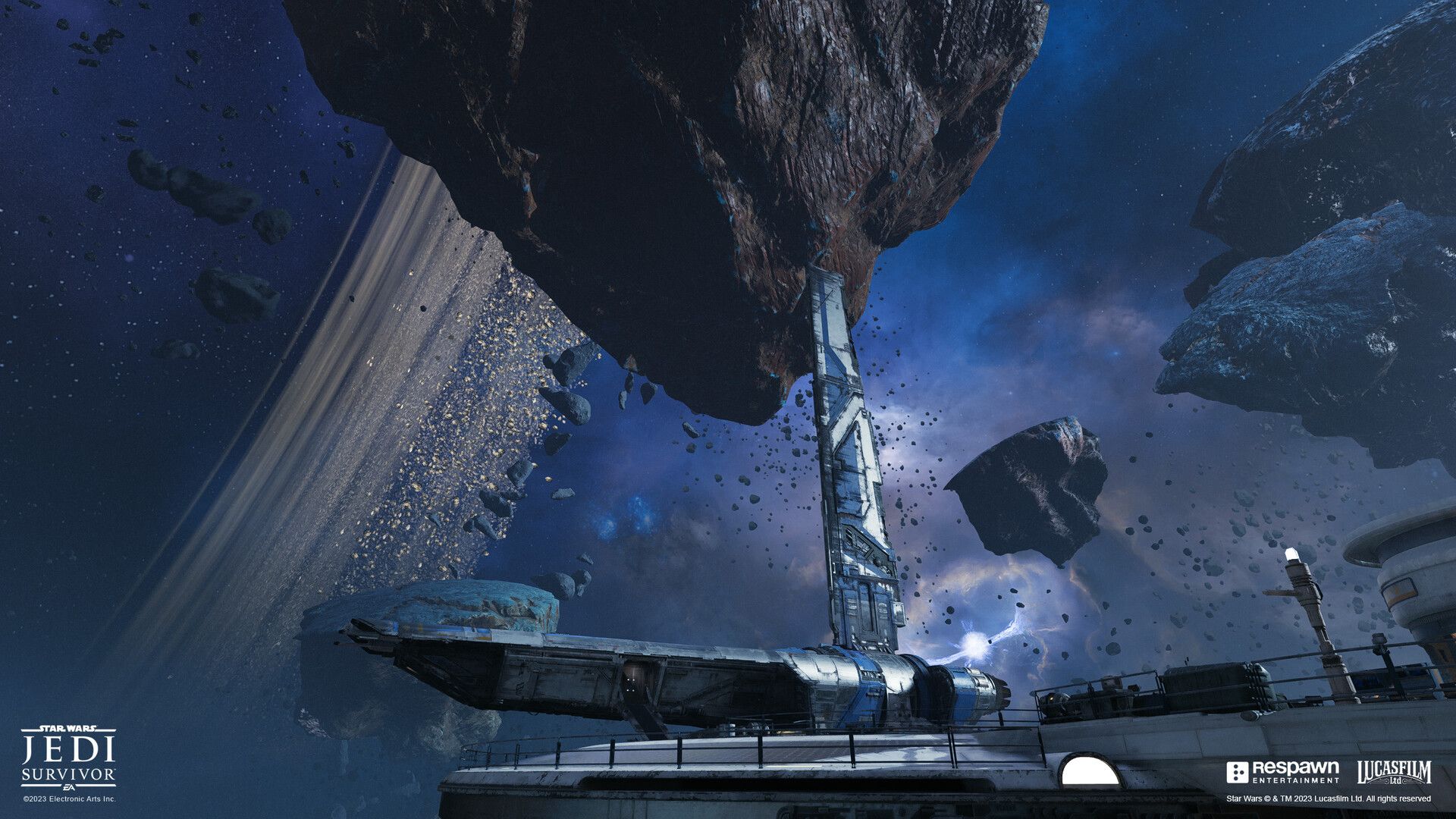
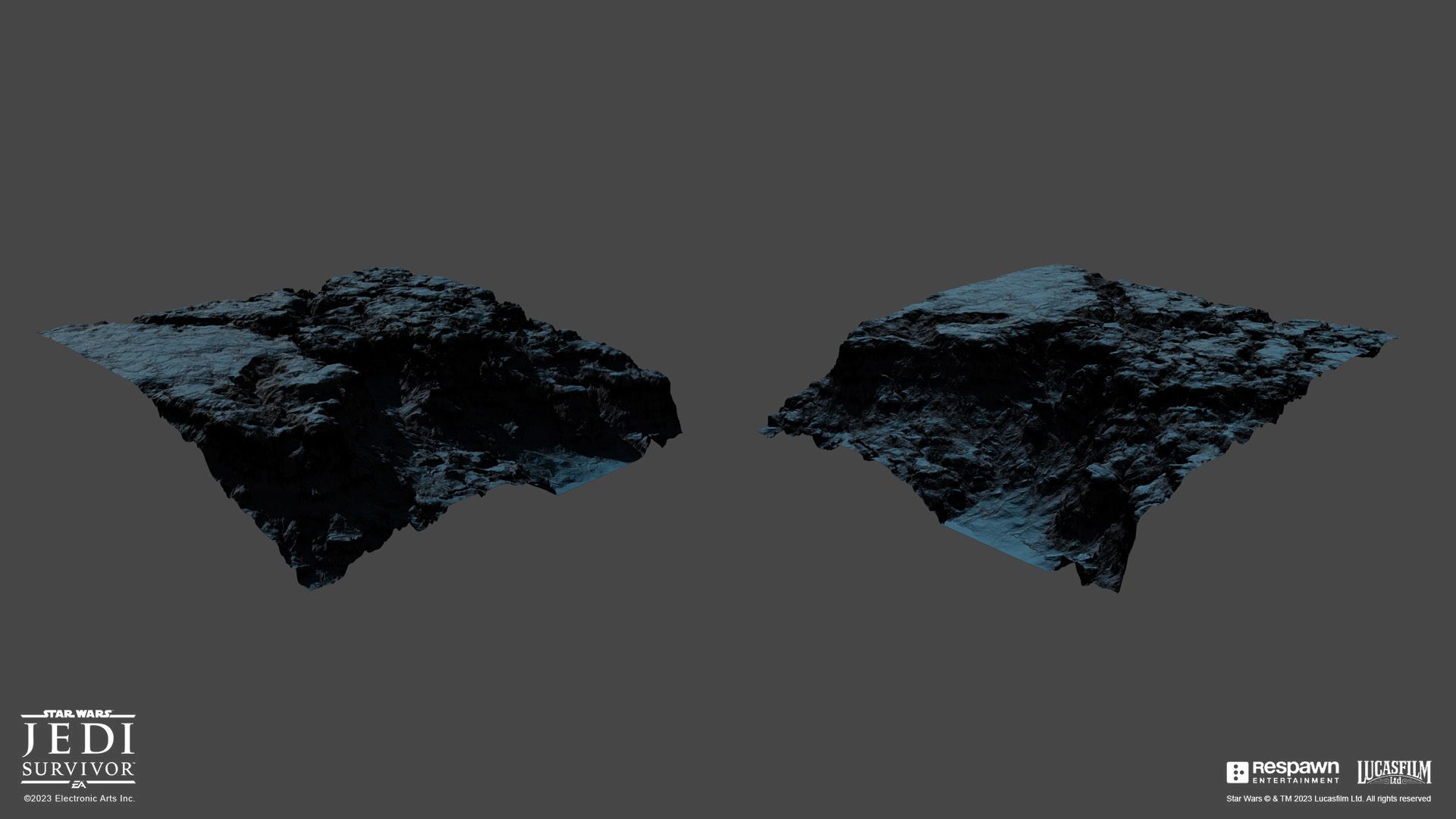
Cynthia: How was your experience working with Gaea on this mega project? Which challenges were most easily solved with Gaea?
Eric: This project really pushed my skill set. I had to do more hard surface modeling and sculpting than ever before. I wasn’t able to solely rely on Gaea for all of the vista work. However, Gaea is my go-to program when it comes to creating anything with erosion. I also use Gaea to create tile-able textures. Because the nature of Gaea is to generate something that’s larger in scale, the texture it creates is useful for vista assets. Gaea also played a big role in creating assets for the cinematic shots. Besides the Shattered Moon cinematic that I mentioned, there is one shot in the crashlanding on Koboh when the Mantis falls from the upper atmosphere to the surface. The aerial view of the planet surface was also made with Gaea.
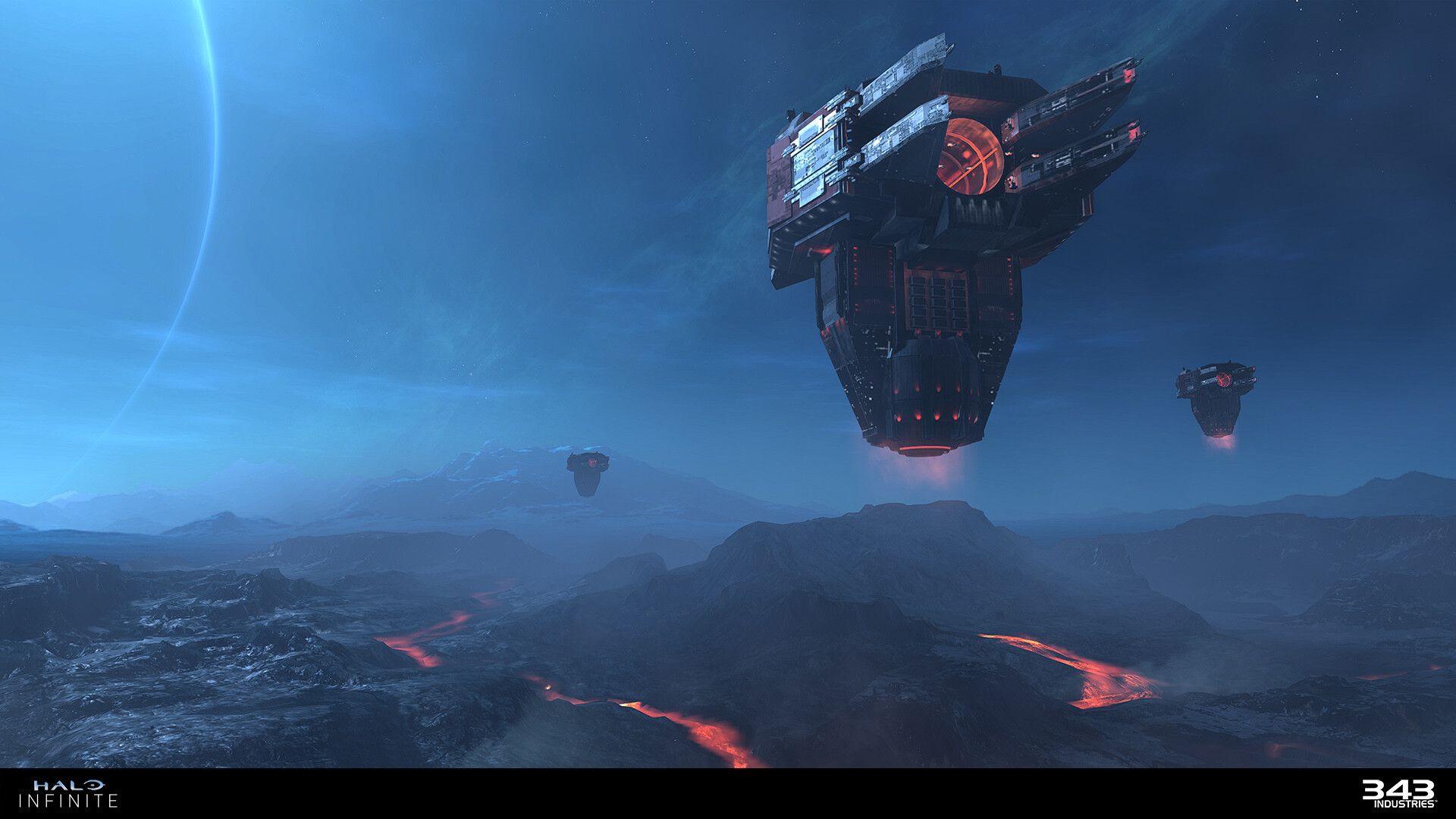
Cynthia: What are your favorite tools/nodes in Gaea and why?
Eric: That’s like asking what my favorite color is. Ha! I like a lot of them, and they all have their usage. What I can say is that some of Gaea's nodes are super useful for my asset creation. Nodes such as Badlands and Rocky are great for creating medium and small-scale details that are hard to get with typical erosion. Cracks is a powerful node to create natural breakage in the terrain. This makes a bland mountain more interesting and adds a lot of character. Of course, the SatMaps node is excellent for visualizing the final look of the asset. Even though I didn’t use much 1:1 texture for the final assets, it gave me a quick preview of what to expect. Afterall, color and lighting can dramatically change the look of an asset. Being able to preview these in Gaea saved me a lot of time in exporting the asset and testing it in the game.
Cynthia: How do you approach terrain design in your work? What is your general workflow?
Eric: If there is approved concept art, I will try to recreate it digitally. Otherwise, I will look at where the terrain will be and think about the rough shape I want. It should fit in the scene. Even if we create 3d assets, the final output is still a 2d image on the screen. The big shape needs to look good. After that, I will find references of similar terrain types and hunt down their DEM data. I usually use the existing DEM height map that I found as a starting point. They are mostly very low res, so I will blur them and maybe even hand paint a little on them. Once I feed that to Gaea, I play with various nodes to see what results they give me. During the terrain design, I keep two things in mind: 1) how it will look in the game, and 2) the reusability. It can look great in Gaea, but does the shape fit the scene? Plus, when I create an asset, I should be able to reuse it at least a few times. When I import the terrain piece, I want to be able to scale it, flip it, and rotate it. Reusing the same asset is very important to save time and resources. Also worth mentioning -- I used to decimate the exported asset in ZBrush. But now, with Gaea’s ability to generate LOD and automatically retain details, I skip that step, which saves me a lot of time.
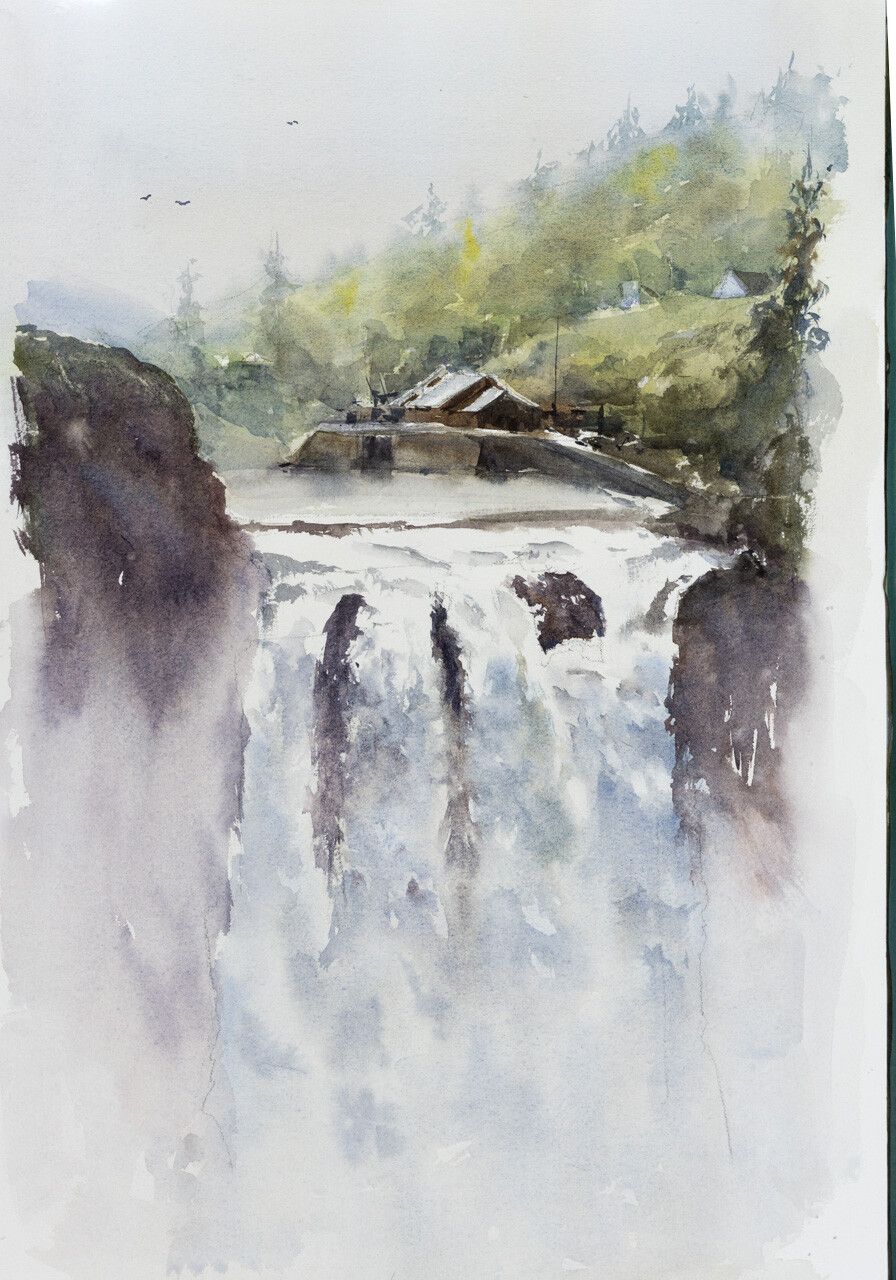
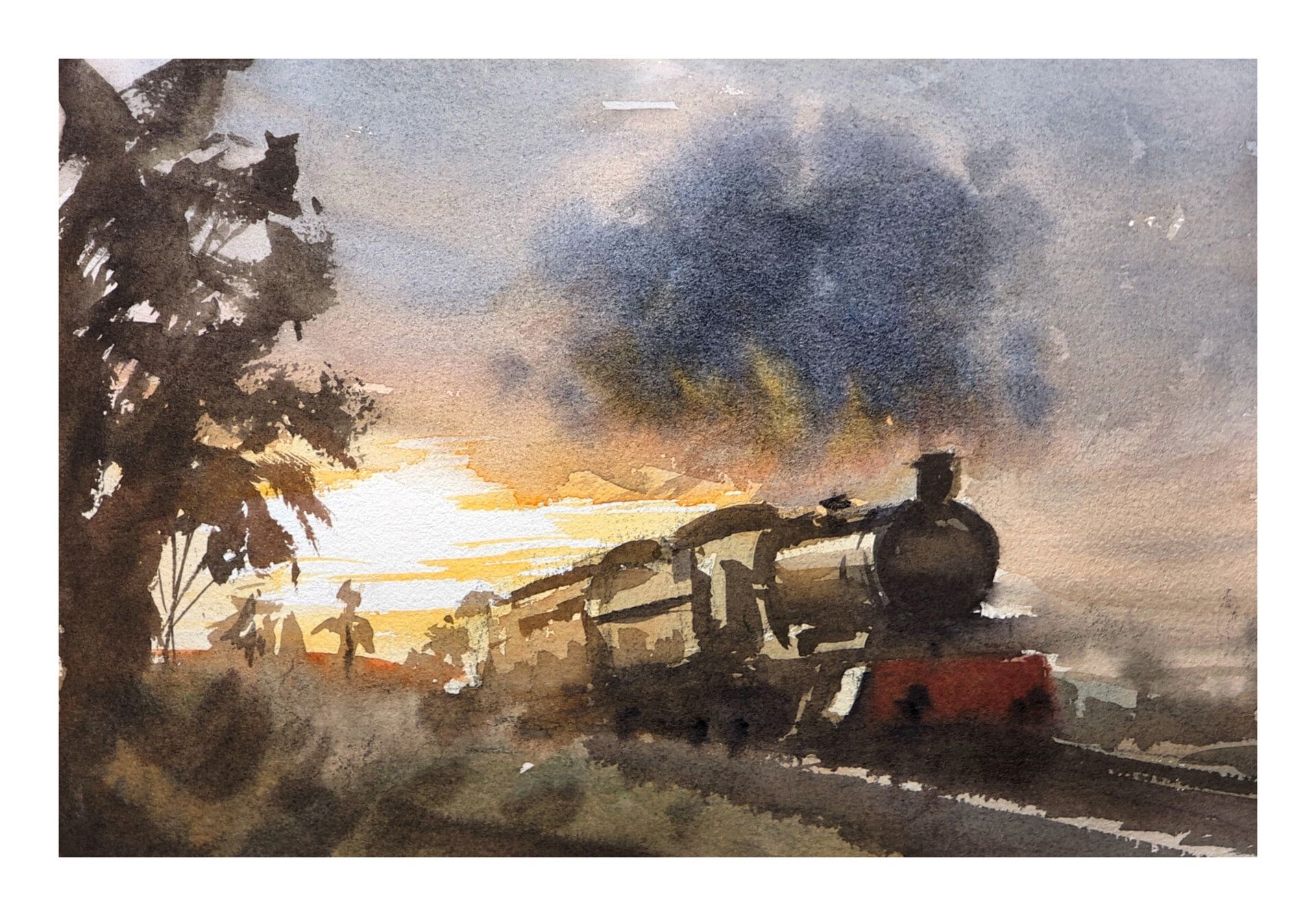
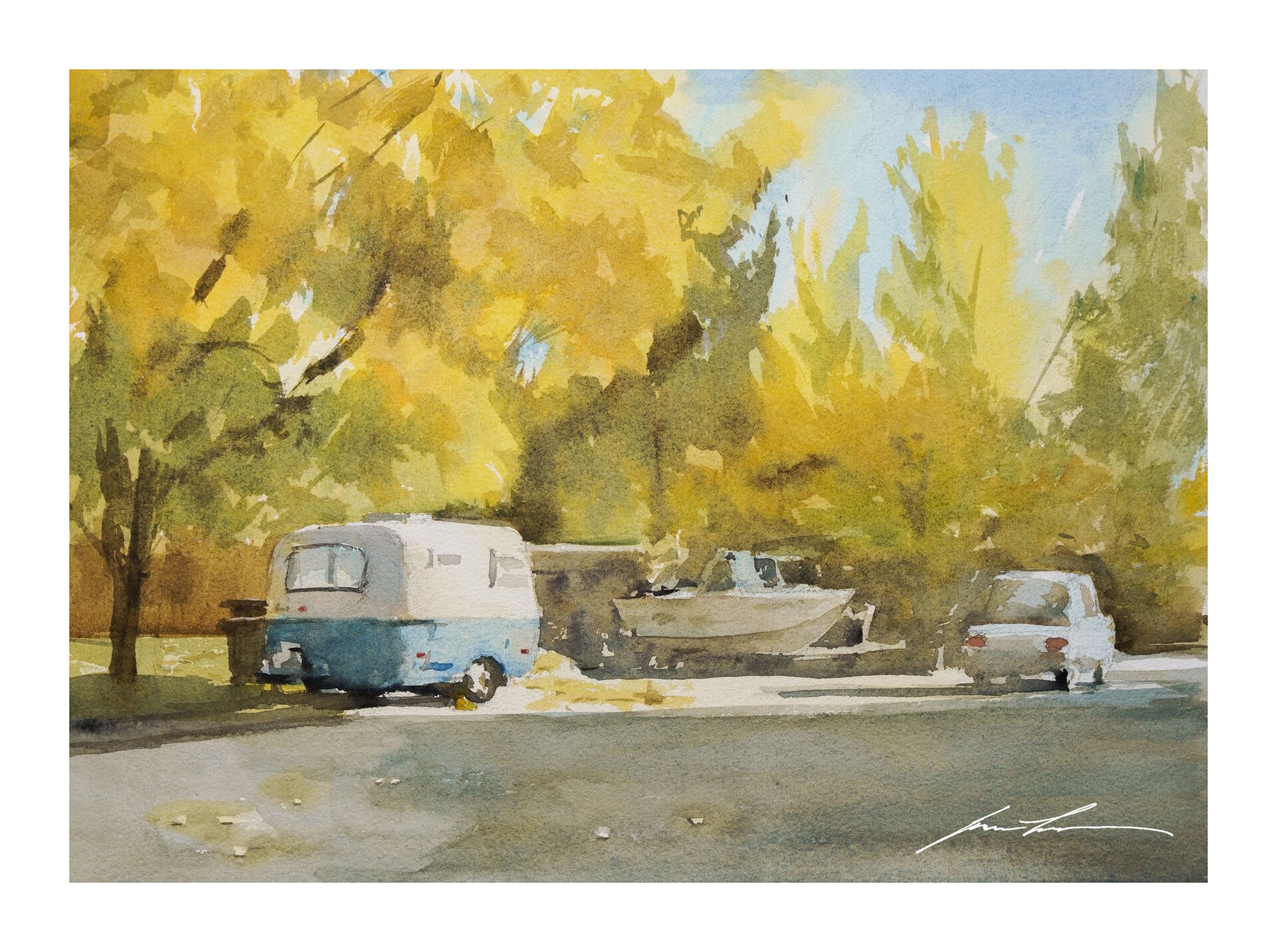
Cynthia: Beyond your work on video games, you are a gifted watercolor painter and teacher. What inspired you to also pursue that avenue as an artist? What rewards do you gain from teaching others?
Eric: Working digitally on a computer full-time makes me dearly miss painting with brush on paper. The experience is simply irreplaceable. When working digitally on game art, the result usually matters the most. People don’t really care how you achieve the result as long as you deliver. Painting with watercolor is almost the opposite. The process is relaxing, fun, and a huge part of the experience. I also feel free when painting watercolor because it’s usually my own vision. I will happily continue because I feel like I'm creating something tangible and long lasting. People who are not into video games can still enjoy my art.
Teaching others helps me really digest what I’ve learned and articulate that in words. This process makes me a better communicator. It’s very rewarding to help people who have always wanted to learn to paint to get over the mental hurdle and start painting. Creating art is fun and watercolor is a very accessible medium. As we consume more and more digital media, I want to help people step back to enjoy creating more traditional art and be more hands on.
Cynthia: Does watercolor influence your digital art and vice versa? Please elaborate.
Eric: In the beginning, there was little correlation. But in recent years, I've noticed the influence each has on the other. Watercolor helps me focus on the big picture and shape my digital work. I excel in creating depth and good shapes vs. detail, due to my experience with watercolor. On the flip side, working digitally with lighting, materials, 3d structures, and colors influences my watercolor. Now I am more sensitive to painting believable lighting and surface textures. I think this will help me naturally form a personal style, something I am still seeking.
Cynthia: What are your sources of inspiration? How do you keep your work fresh?
Eric: Inspiration can come from anywhere. Generally, I observe my surroundings. I am fortunate to live in the spectacular Pacific Northwest where beautiful scenery is everywhere. It is important to study the world around you more than, say, what you do. It's similar with my watercolor. I've started to find inspiration in other forms of entertainment. For example, I recently began to look at the background paintings from old school Japanese anime, such as Studio Ghibli. I want to incorporate those styles and elements in my painting instead of trying to paint like a western fine art painter. As an artist, consistently working on similar subjects and processes can get very boring. Introducing change keeps things alive and fresh, and often yields interesting results as well.
Cynthia: Early in your career, did you ever question whether you could sustain yourself as an artist? What kept you going?
Eric: I still question that today. Haha! Seeing the amount of talented and experienced artists around me is very humbling. And I firmly believe that there are artists who are more capable than I for a job. I am pretty sure I'm not the only one who feels that way. Our work is visual, so it’s very easy to compare oneself to others. I personally don’t know if this sense of imposter syndrome will ever disappear, no matter how talented I am as an artist. I can only try to do my best and never stop learning. Being the best version of myself is the best action I can take.
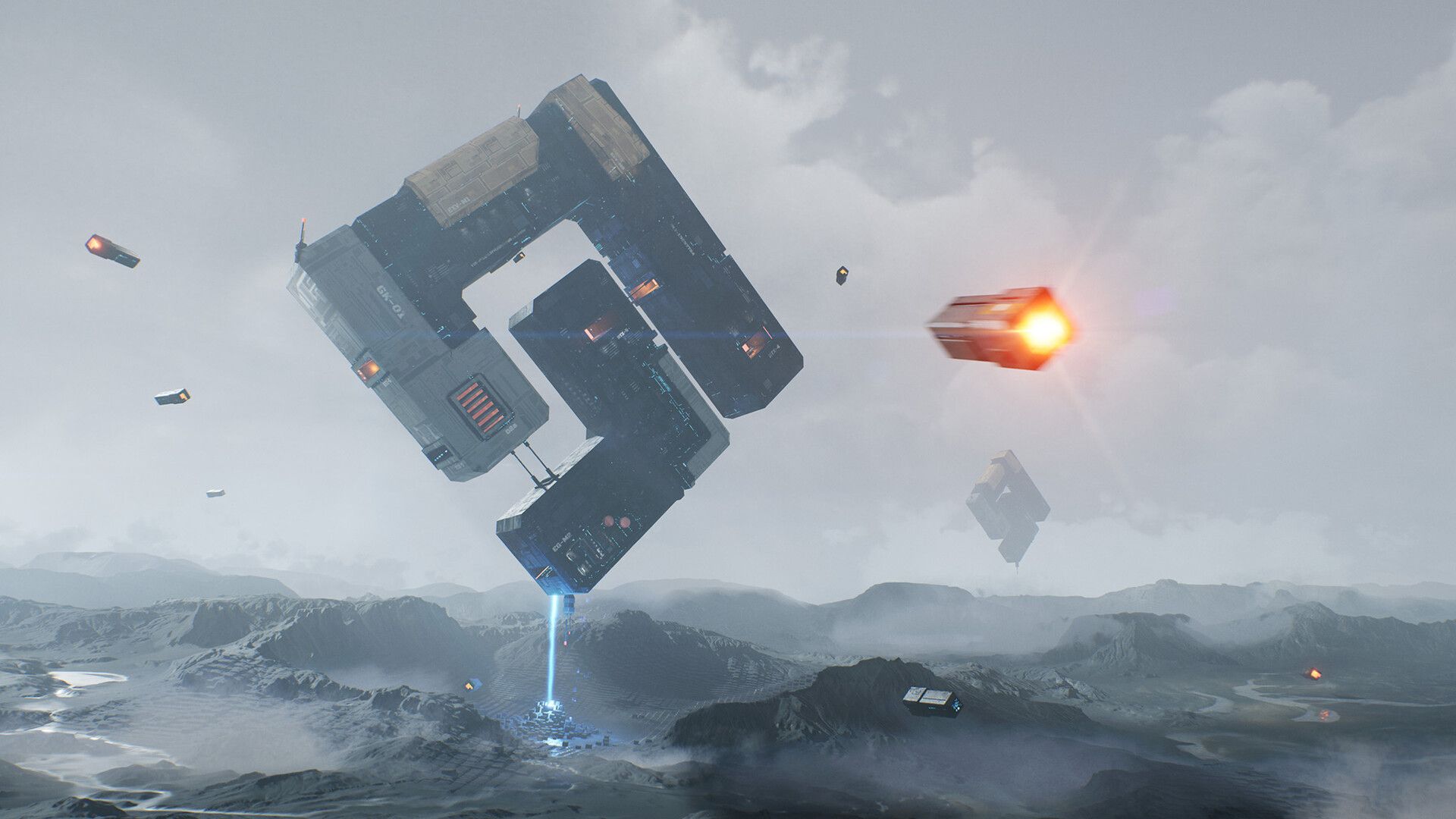
Cynthia: What advice do you have for aspiring artists in the game industry or other visual media?
Eric: Just start creating work! It takes time to be good enough to land a job. Having natural talent certainly helps, but it’s far from being the decisive factor. I’ve met very talented people who think learning and hard work are beneath them. They never improve nor did they ever get a job, which sends them on a downward spiral thinking that nobody recognizes their talent. I’ve also seen people who initially weren’t very good, but after a few years of hard work, they became professional artists in game studios. It takes grit to get to the place you want. There will be rejections and sometimes luck is just not on your side. But if you persist, you will eventually reach your goal.
Cynthia: What’s next for you? Any projects you can share?
Eric: While I can’t reveal much about my game project, I can share my personal goal: I am challenging myself to do more hard surface modeling and create better mid-distance assets. As for watercolor: I want to spend more time on a single painting. While I am not going for realism (my day job covers that!), I want to make each painting higher fidelity instead of very simple and loose.
See more of Eric's work on his ArtStation page.
For Eric's traditional art visit CafeWatercolor.com and YouTube


